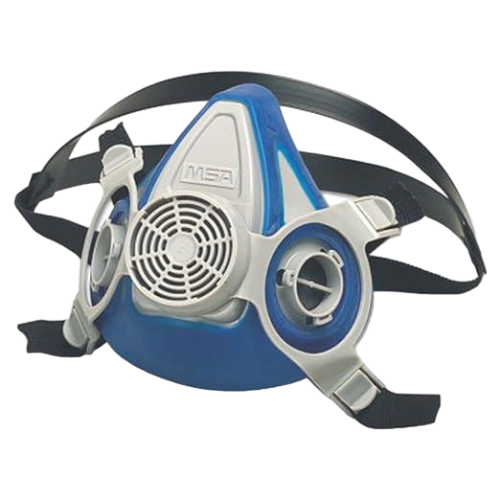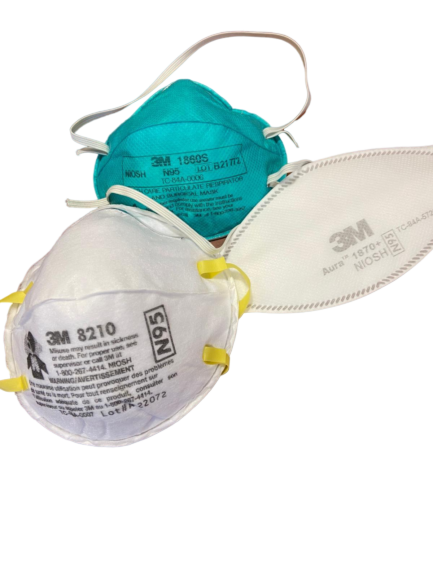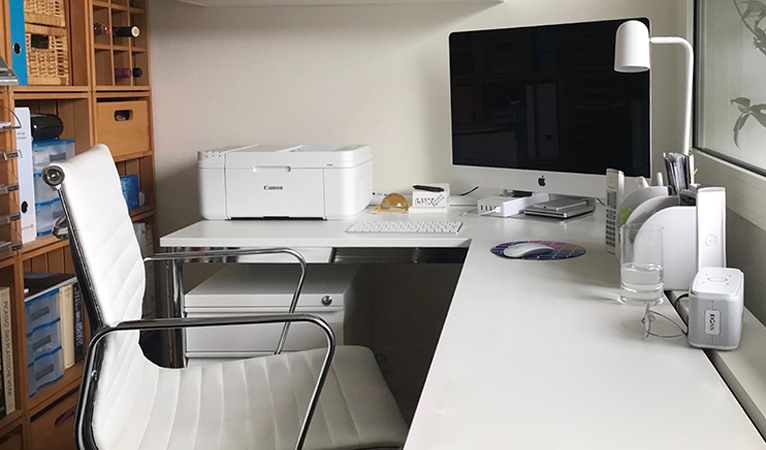Understanding Mask Fit Test and Mask Fit Testing: Ensuring Safety in the Workplace

In environments where airborne contaminants are present, personal protective equipment (PPE) is crucial. Among the various forms of PPE, masks are fundamental in safeguarding respiratory health. However, the effectiveness of a mask significantly depends on how well it fits the wearer’s face. This is where the concepts of "Mask Fit Test" and "Mask Fit Testing" come into play. These processes ensure that masks provide the maximum level of protection by fitting correctly on the wearer’s face.
What is a Mask Fit Test?
A Mask Fit Test is a procedure used to determine if a specific type and size of mask properly fits the face of an individual. The goal is to ensure that no air leaks occur between the mask and the wearer’s skin, which could allow harmful particles to bypass the filter material of the mask.
There are two primary types of Mask Fit Tests:
- Qualitative Fit Testing: This is a pass/fail method that relies on the wearer’s subjective senses (taste and smell) to detect a test agent. During this test, the wearer dons the mask and a hood or chamber is placed over their head. A test agent (often a bitter or sweet-tasting aerosol) is introduced into the hood. If the wearer can taste or smell the agent, it indicates that the mask is not fitting properly.
- Quantitative Fit Testing: This method uses a machine to measure the actual amount of leakage into the mask. A probe attached to the mask samples the air inside and outside the mask. The fit factor, which is the ratio of the concentration of particles in the ambient air to the concentration inside the mask, is calculated. A higher fit factor indicates a better fit.

The Importance of Mask Fit Testing
Mask Fit Testing is crucial for several reasons:
- Ensuring Protection: Proper fit ensures that the mask provides the intended level of protection. A poor fit can render a high-quality mask ineffective, allowing airborne contaminants to be inhaled by the wearer.
- Compliance with Regulations: Occupational safety and health regulations often mandate Mask Fit Testing. For instance, the Occupational Safety and Health Administration (OSHA) in the United States requires annual fit testing for workers who need to use respirators.
- Comfort and Efficiency: A well-fitted mask is not only more effective but also more comfortable, which can increase compliance among workers. Discomfort can lead to adjustments or removal of the mask, compromising safety.
- Confidence in PPE: Regular Mask Fit Testing reassures workers that their equipment is functioning correctly, which can boost morale and confidence in their safety protocols.
The Mask Fit Testing Process
The Mask Fit Testing process typically involves several steps:
- Selection of Mask: The wearer selects a mask that is suitable for the specific hazards they are exposed to and that fits their face shape.
- Initial Fit Check: Before the formal test, the wearer conducts a fit check to ensure the mask seems to fit well.
- Conducting the Test:
- In a qualitative test, the test agent is introduced while the wearer performs a series of movements and exercises, such as talking, turning their head, and bending over, to simulate typical activities.
- In a quantitative test, the mask is connected to a machine that measures particle concentration inside and outside the mask during similar movements.
- Evaluating Results: For qualitative tests, if the wearer detects the test agent, adjustments are made or a different mask is tried until a proper fit is achieved. For quantitative tests, the fit factor is calculated and must meet or exceed a specified threshold.
- Training and Documentation: Wearers are trained on how to properly don and doff the mask, and the results of the test are documented.

Challenges and Considerations
While Mask Fit Testing is essential, it does come with challenges:
- Variety of Face Shapes: Masks are not one-size-fits-all, and the diversity of face shapes can make finding a proper fit difficult.
- Facial Hair: Beards and stubble can interfere with the seal of the mask, often necessitating shaving for a proper fit.
- Changing Conditions: Weight changes, dental work, and facial surgeries can alter face shape, requiring re-testing.
Conclusion
Mask Fit Testing is a vital component of workplace safety, ensuring that masks provide the necessary protection against airborne hazards. By understanding and implementing effective Mask Fit Testing protocols, employers can safeguard their employees’ health, comply with regulatory standards, and foster a safer, more productive work environment. Regular testing, combined with proper training and adherence to guidelines, can mitigate risks and enhance the overall efficacy of respiratory protective equipment.
TAGS :











